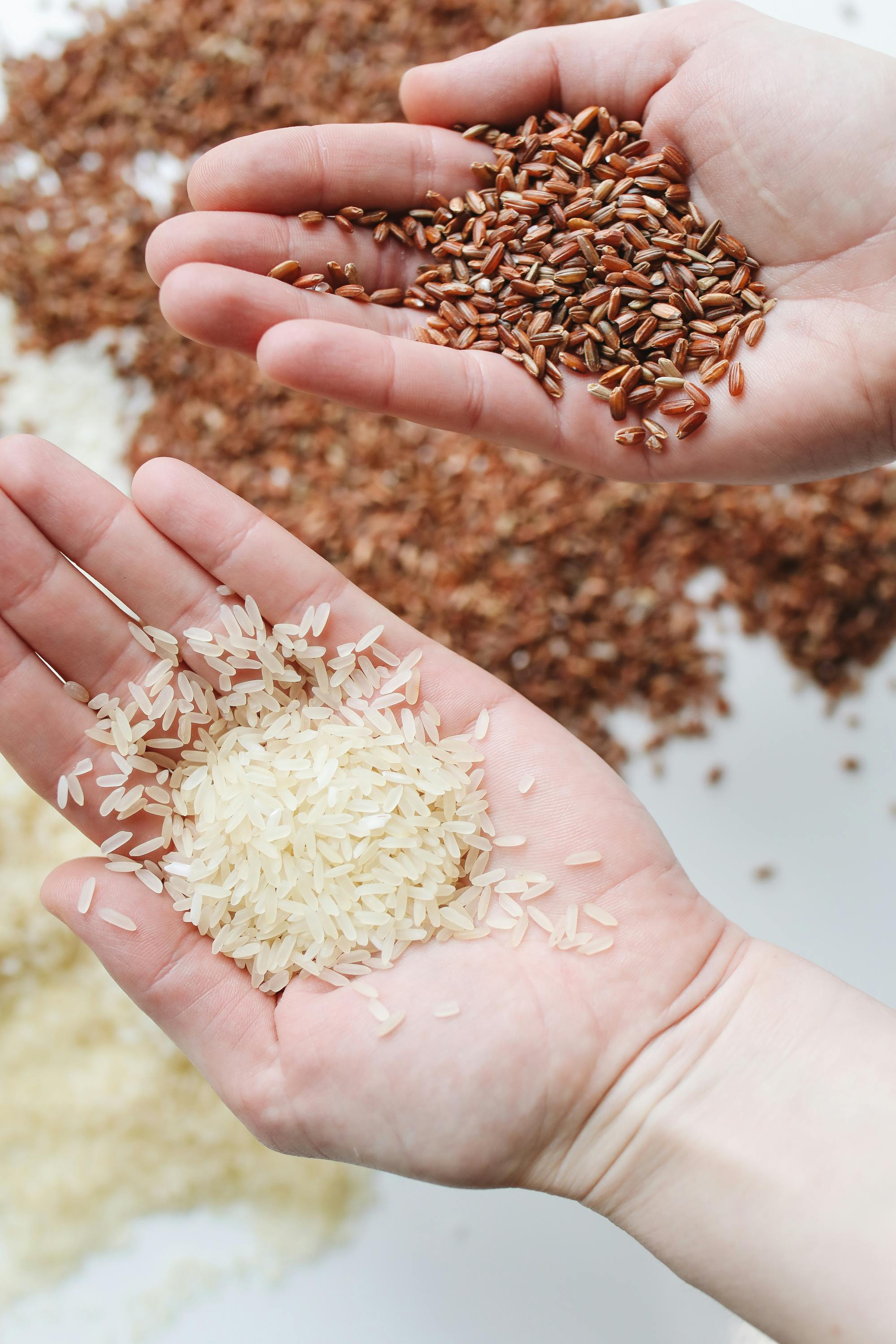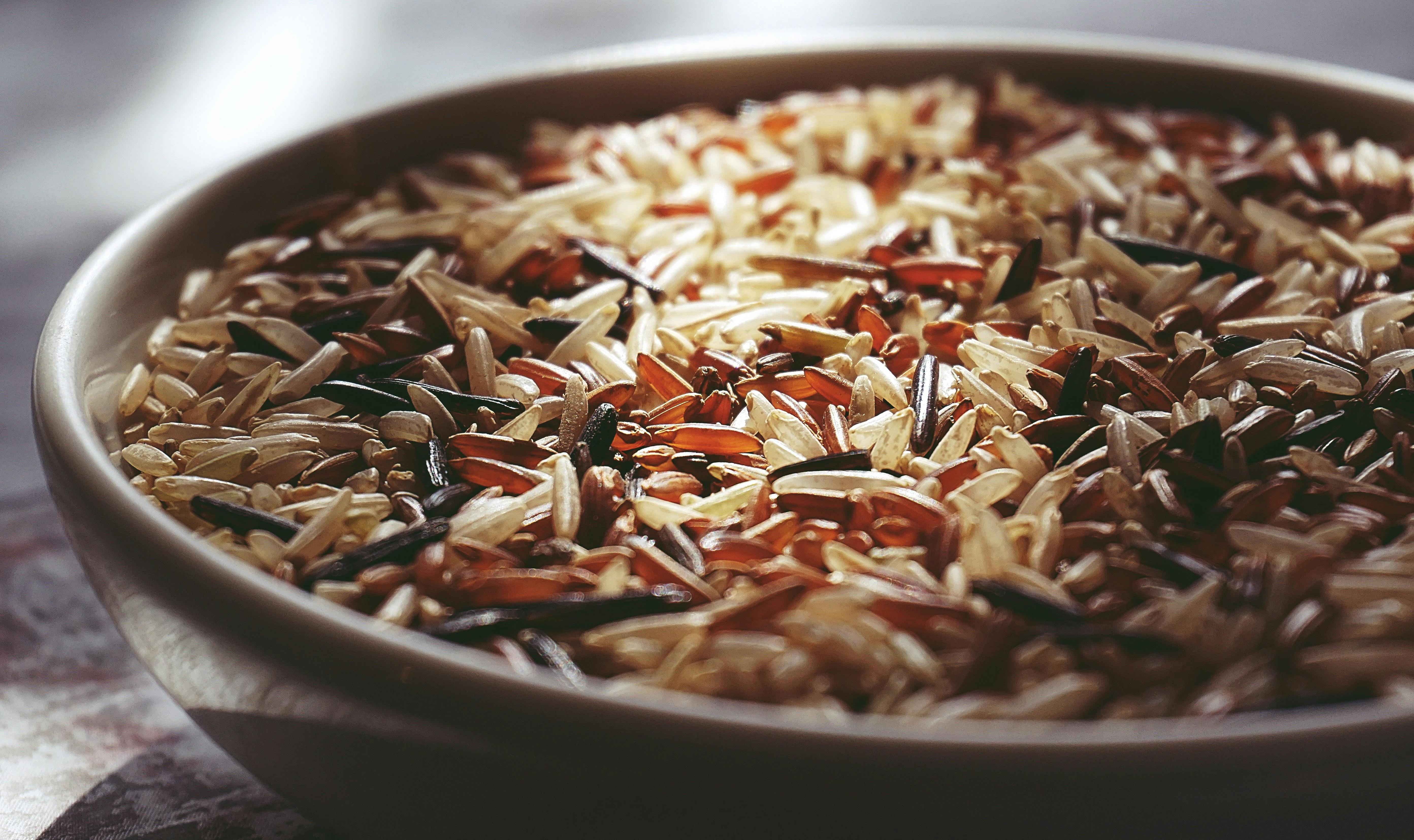Rice is a staple food for over half of the world’s population, particularly in Asia, Latin America, and Africa. It is a key source of carbohydrates and plays a central role in traditional diets across the globe. Yet, in recent years, rice has come under scrutiny by health-conscious individuals, especially those trying to lose weight, with many asking the question: “Does rice make you fat?”
In this post, we’ll take a close look at the role of rice in a balanced diet, the nutritional differences between types of rice, and whether it can really contribute to weight gain. By the end, you’ll have a better understanding of how to incorporate rice into a healthy eating plan without worrying about packing on extra pounds.
What’s in Rice?
To understand whether rice can make you gain weight, it’s essential to first know its nutritional content. Rice is primarily composed of carbohydrates, with a small amount of protein and negligible fat. A standard serving of cooked white rice (about 1 cup) contains:
- Calories: 200-250
- Carbohydrates: 45-53 grams
- Protein: 4-5 grams
- Fat: 0-1 gram
The most common types of rice consumed around the world include white rice and brown rice. While white rice is more processed, brown rice retains its bran and germ, making it higher in fiber and nutrients like magnesium, manganese, and B vitamins. For more details on rice’s nutritional breakdown, visit the USDA’s Nutrient Database.

Is Rice a “Fattening” Food?
One of the main reasons rice is often considered fattening is because of its carbohydrate content. Many diet trends, particularly low-carb diets like keto, have demonized carbs as the primary culprit behind weight gain. However, not all carbs are created equal, and blaming rice for weight gain oversimplifies a much more complex issue.
The primary factor that leads to weight gain is consuming more calories than your body needs. If you’re consistently eating more than your body burns for energy, you will gain weight—whether those extra calories come from rice, bread, meat, or desserts. On its own, rice is relatively low in calories, but portion size and what you eat alongside rice (e.g., fried foods, heavy sauces) can make a significant difference in how it affects your weight.
Additionally, the type of rice you consume matters. Brown rice, being higher in fiber, can contribute to feelings of fullness, which might help control overall calorie intake. In contrast, white rice has a higher glycemic index (GI), meaning it can cause a quicker spike in blood sugar levels. This may lead to increased hunger and overeating in some people, especially if paired with other high-GI foods .
Rice in Traditional Diets: A Case Study

Despite its bad reputation in some circles, rice is a core component of many traditional diets, particularly in countries with low obesity rates. For example, in Japan, where white rice is consumed daily, the obesity rate is notably low compared to Western countries like the United States. Similarly, India and China have long histories of rice consumption, with varying levels of obesity that are largely influenced by factors other than rice intake alone .
These countries emphasize balanced meals that include rice, vegetables, lean protein, and moderate amounts of fat. When rice is eaten as part of a balanced diet and in appropriate portions, it doesn’t inherently lead to weight gain. Instead, it’s the overall quality and quantity of the diet that matter most.
The Role of Portion Control
One of the main challenges with rice is portion control. In many cultures, rice is served in large quantities, and it’s easy to overeat, especially because rice alone doesn’t provide much satiety. Eating too much rice—like eating too much of anything—can lead to an excess in calorie consumption.
According to registered dietitian Maggie Michalczyk, portion control is key. A typical serving of rice should be about 1/2 to 1 cup of cooked rice per meal, which provides enough carbohydrates to fuel your body without contributing to excess calories .
One strategy to avoid overeating rice is to use it as a side dish rather than the main component of your meal. Pairing rice with high-fiber vegetables, lean protein, and healthy fats can create a more balanced meal that leaves you feeling fuller and more satisfied.
White Rice vs. Brown Rice: Which Is Better?
If you’re trying to lose or maintain weight, opting for brown rice over white rice might be a better choice, as it offers more fiber and micronutrients. According to Harvard Health, the extra fiber in brown rice can help stabilize blood sugar levels, improve digestion, and keep you fuller for longer, which may prevent overeating .
Brown rice also has a lower glycemic index compared to white rice, meaning it has a slower effect on blood sugar levels. High-glycemic foods can cause quick spikes in blood sugar followed by crashes, leading to increased hunger and possibly overeating throughout the day .
However, if you prefer white rice or it’s more accessible to you, there’s no need to completely eliminate it from your diet. Instead, focus on managing portion sizes and pairing it with nutrient-dense foods.
How to Include Rice in a Healthy Diet
Whether you’re eating white or brown rice, you can still enjoy it as part of a healthy diet. Here are some practical tips to keep rice from contributing to weight gain:
- Watch Your Portions: Stick to a reasonable portion size—typically around 1/2 cup to 1 cup cooked rice per meal.
- Pair with Protein and Veggies: Eating rice with protein (like chicken, tofu, or fish) and vegetables can help you feel full and satisfied, preventing overeating.
- Choose Brown Rice for More Fiber: If you’re looking to stay full longer or manage blood sugar levels, consider switching to brown rice. The extra fiber will keep you fuller and improve digestion.
- Limit Fried Rice: While delicious, fried rice dishes are often loaded with oils and fats, which significantly increase calorie intake. Opt for steamed or boiled rice instead.
- Cook with Healthy Add-ins: Add vegetables, herbs, and lean proteins to rice to increase its nutrient content and flavor, making it more than just a side dish.
Rice itself does not make you fat. Like any food, rice can contribute to weight gain if consumed in excess or in combination with other high-calorie, low-nutrient foods. However, when eaten in moderation and as part of a balanced diet, rice can be a healthy and satisfying source of carbohydrates. The key lies in portion control, food pairings, and, for some, opting for whole-grain varieties like brown rice.
So, go ahead and enjoy rice as part of your meals—just be mindful of your portion sizes and what you pair it with. With a balanced approach, rice can be a nutritious and delicious component of your diet.



